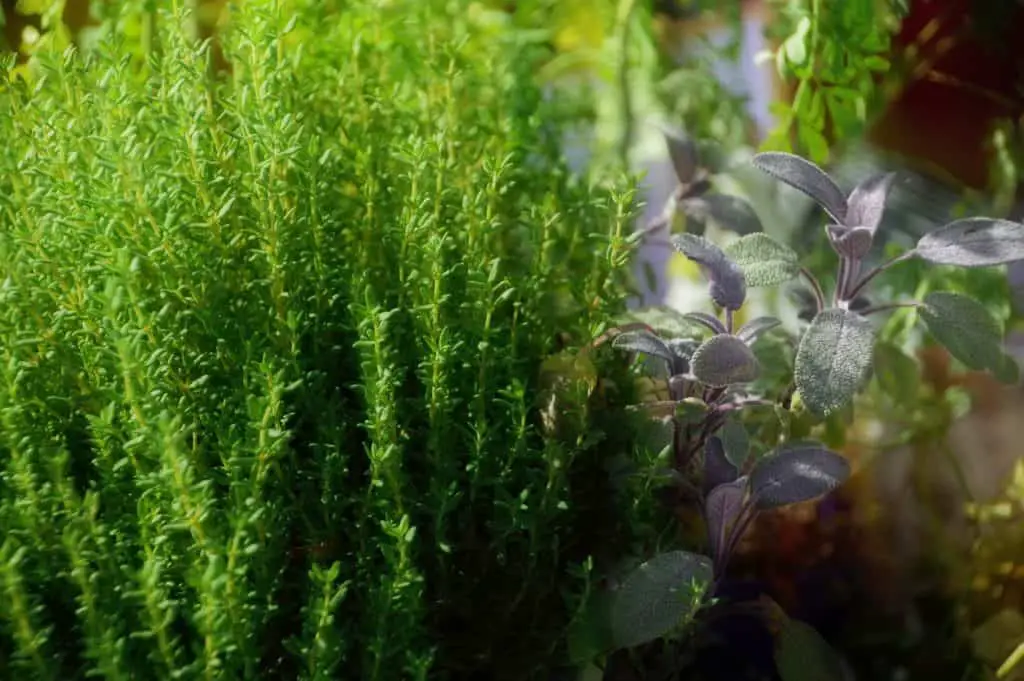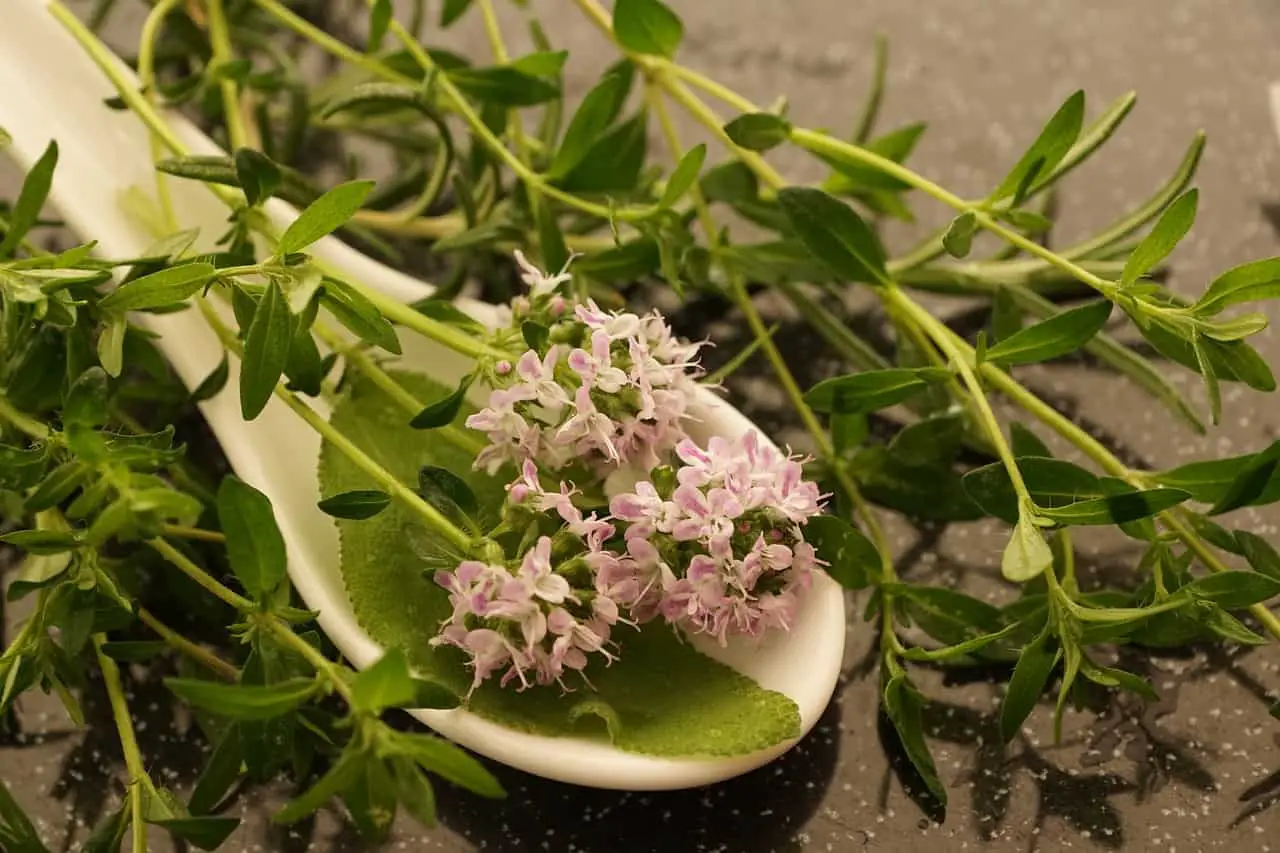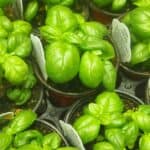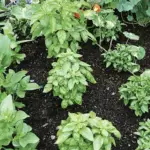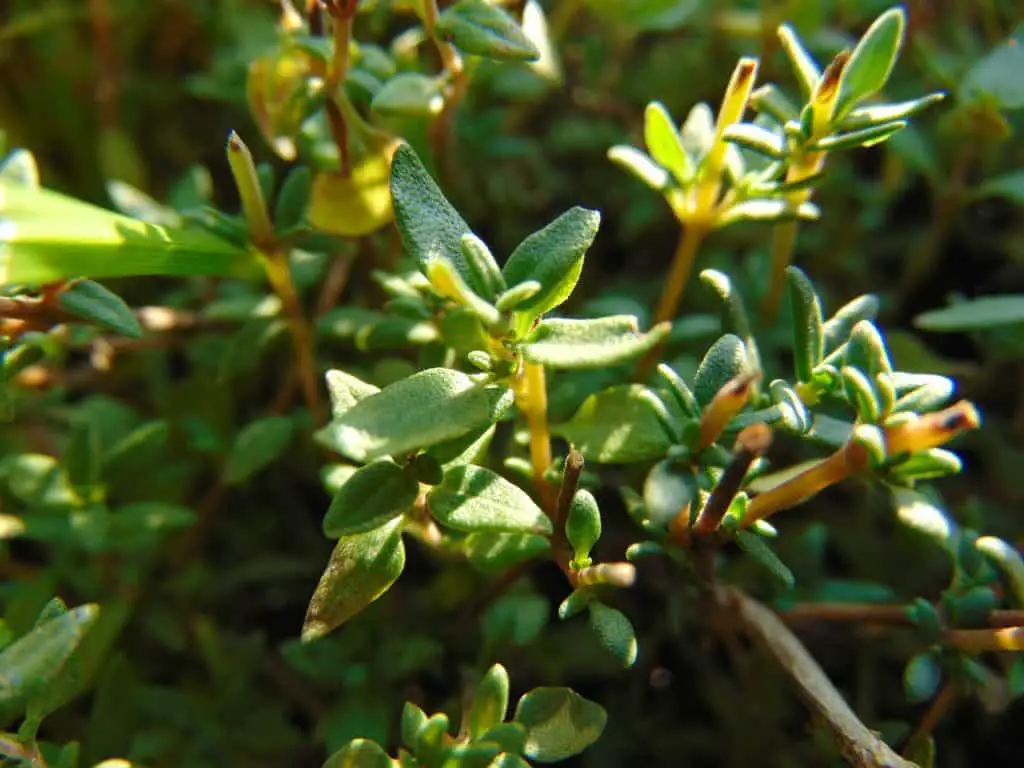
How Do You Keep Thyme Alive Indoors
Welcome to this post about keeping thyme alive indoors. Here we will discuss some of the factors that come into play to have a healthy and thriving thyme plant at home indoors. I really like growing thyme both indoors and outdoors, but especially in pots. It’s just so nice to have the ability to move them wherever the sun might be shining. Which is one of the things that you need to learn about to keep your thyme alive indoors all year round. But more on that below.
.
If you want to learn even in greater detail about growing thyme indoors then you can check out our guide here, How To Grow Thyme Indoors And Outdoors.
How Do You Keep Thyme Alive Indoors
So how do you keep them alive then indoors the best way? It comes down to a few different things that you need to take into account. In the beginning of this article we actually mentioned one of them, which was sunlight. Having your thyme in a good place indoors, where sun can reach the plant will help it immensely. It’s the fuel that it needs to further grow and expand.
.
Are you only growing your thyme indoors and you wonder if you can have it ouside? We have written an articel talking about how thyme performs outdoors, find it here, Can You Put Thyme Outside.

Obviously the best way of growing thyme indoors is in a pot. it’s the most convenient since you can move it around your place. I like to keep it a window where the sun can easily reach it and provide it with the necessary nutrients. With most herbs they require about 6 – 8 hours of sun during the day to grow the fastest. But since we are growing it indoors then we need to bump up those numbers to about 10 hours or so. This is just so we can keep the growth on track with growing outdoors.
.
How Often Should I Water My Potted Thyme?
Another big factor with growing indoors is keeping track of how much you water the plant. thyme likes a dry environment where it kind of has to struggle a bit to survive. This will act in our favor though as the flavors of the thyme leaves will be more concentrated. You don’t want to overwater the thyme as that will dull it and it won’t actually grow too fast. It can live on for many many years so making sure you get it right from the start can be very important.
.
So to reiterate again on the question that we had, how do you keep them alive indoors. The most important thing I can summarize as not overwatering the plant and giving a sufficient amount of sunlight every day. Now some days it might be hard but always try and position it right and maybe turn it once a day so the whole plant gets an equal amount.
.
Are you still deceding to keep your thyme inside or outside? In this article we line up a few of the pros and cons of growing it either way. Find it here, Does Thyme Grow Better Indoors Or Outdoors.
